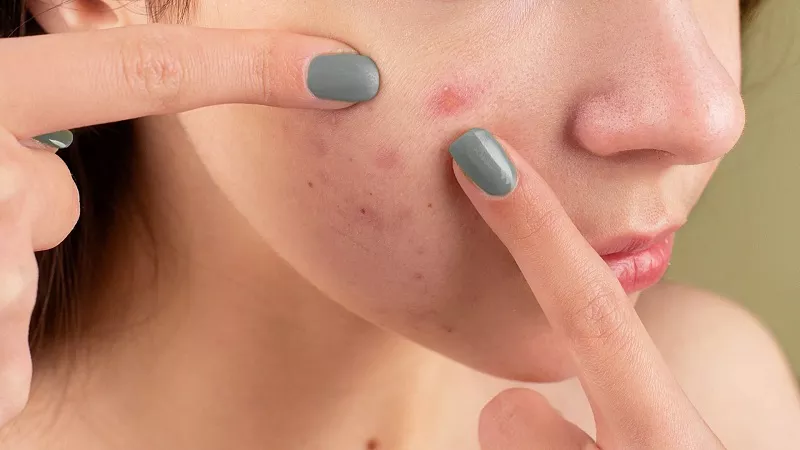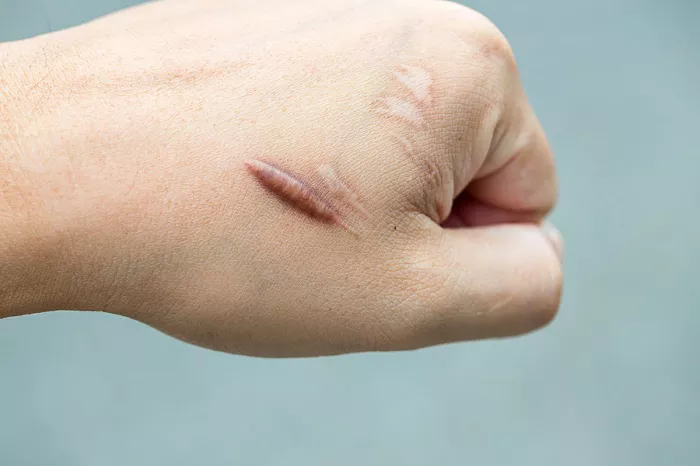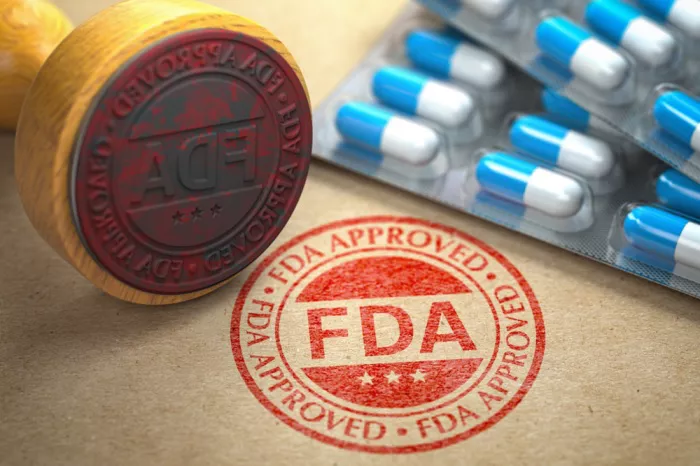Keloids, characterized by the overgrowth of scar tissue, can be a source of discomfort and concern for individuals seeking to manage their appearance. While professional medical advice is crucial, exploring home remedies can be a proactive approach to shrink keloids. In this comprehensive guide, we delve into the world of home remedies, understanding the factors contributing to keloid formation, and exploring effective ways to reduce their size and appearance.
Understanding Keloids
Keloids are an abnormal response to skin injury, characterized by the overproduction of collagen during the healing process. Several factors contribute to keloid formation, and understanding these factors is essential in exploring home remedies for shrinking keloids.
Genetic Predisposition:
Genetic predisposition plays a significant role in keloid formation. Individuals with a family history of keloids are more likely to develop them. Genetic factors influence how the body responds to skin injuries, impacting the regulation of collagen production.
Skin Type:
Different skin types respond differently to injury, and certain skin types may be more prone to keloid formation. Darker skin tones, particularly individuals of African, Asian, or Hispanic descent, are more susceptible to developing keloids.
Piercing and Trauma:
Skin injuries, such as piercings, tattoos, or trauma, can trigger keloid formation. Keloids often occur at the site of a previous injury, extending beyond the boundaries of the original wound. Trauma to the skin, including surgical procedures, can also contribute to keloid development.
Hormonal Changes:
Hormonal changes, particularly during puberty, pregnancy, or menopause, can influence the body’s response to injury. Fluctuations in hormone levels may impact collagen production and contribute to keloid formation.
Age and Location:
Age and the location of the injury also play a role in keloid development. Younger individuals may be more prone to keloids, and certain areas of the body, such as the chest, shoulders, and earlobes, are more susceptible to keloid formation.
Home Remedies to Shrink Keloids
While complete removal of keloids at home may not be achievable, there are home remedies that individuals can explore to help shrink keloids and improve their appearance. It’s essential to approach these remedies with caution and consistency, understanding that results may vary among individuals.
Silicone Sheets or Gel:
Silicone sheets or gel are commonly used for scar management, including keloids. Applying silicone to the keloid creates a barrier, helping to flatten and soften the scar tissue. Consistent and prolonged use, following product instructions, is typically recommended for optimal results.
Onion Extract:
Onion extract is believed to have anti-inflammatory and scar-reducing properties. Topical onion extract gel or cream can be applied to the keloid. While evidence is limited, some individuals report improvements in the size and appearance of keloids with regular use.
Aloe Vera Gel:
Aloe vera gel, known for its soothing and anti-inflammatory properties, can be applied to keloids. The gel may help reduce redness, alleviate discomfort, and contribute to overall skin health. Using pure aloe vera gel without added irritants is recommended.
Tea Tree Oil:
Tea tree oil, with its antimicrobial properties, can be diluted and applied to the keloid. Mixing a small amount of tea tree oil with a carrier oil, such as coconut or jojoba oil, creates a solution that can be gently massaged onto the keloid. Performing a patch test is advisable to check for any adverse reactions.
Lemon Juice:
Lemon juice, with its natural acidity, is believed to have mild exfoliating properties. Applying freshly squeezed lemon juice to the keloid and allowing it to sit for a few minutes before rinsing with water may help in reducing the appearance of the keloid. However, caution is advised as lemon juice may cause skin irritation in some individuals.
Honey:
Honey, with its antibacterial and wound-healing properties, can be applied to keloids. Applying a thin layer of honey to the keloid and covering it with a bandage may contribute to a moist healing environment. Manuka honey, in particular, is known for its potent antibacterial properties.
Garlic Extract:
Garlic is believed to have anti-inflammatory and scar-reducing properties. Creating a garlic extract by crushing garlic cloves and applying the extract to the keloid may be considered. It’s crucial to perform a patch test and avoid prolonged contact to prevent skin irritation.
Cryotherapy at Home:
Cryotherapy involves applying extreme cold to the keloid, potentially reducing its size and appearance. While professional cryotherapy is more controlled, individuals can explore at-home cryotherapy methods using ice packs. It’s essential to avoid prolonged exposure to extreme cold to prevent skin damage.
Lifestyle Practices for Keloid Management
In addition to topical remedies, certain lifestyle practices contribute to overall skin health and may support the body’s natural healing processes. Incorporating these practices into daily routines can complement home remedies for keloid management:
Hydration:
Proper hydration supports overall skin health. Drinking an adequate amount of water helps maintain skin elasticity and supports the body’s natural regeneration processes.
A well-balanced diet rich in vitamins and minerals is essential for skin health. Foods containing vitamin E, vitamin C, zinc, and antioxidants contribute to the body’s ability to repair and regenerate tissues.
Avoiding Irritants:
Keloids can be sensitive to irritants. Avoiding harsh chemicals, perfumes, and excessive friction on the keloid helps prevent further irritation and potential exacerbation.
Sun Protection:
Sun protection is crucial for keloid management. Keloids may be more susceptible to hyperpigmentation from sun exposure. Applying sunscreen to the keloid and surrounding skin helps mitigate this risk.
Gentle Massage:
Gentle massage of the keloid may help improve blood circulation and promote tissue flexibility. Using a mild, hypoallergenic oil or cream during the massage can contribute to a comfortable experience.
Professional Interventions
While home remedies can contribute to keloid management, it’s essential to recognize when professional interventions are necessary. Seeking medical advice is crucial if:
Keloid Growth Persists:
If the keloid continues to grow or exhibits signs of infection, medical attention is necessary. A healthcare professional can assess the keloid’s characteristics and recommend appropriate interventions.
Persistent Discomfort or Pain:
Persistent discomfort, pain, or changes in sensation around the keloid warrant medical evaluation. These symptoms may indicate underlying issues that require professional attention.
Changes in Color or Texture:
If the keloid undergoes changes in color, texture, or becomes increasingly firm, it’s important to seek medical advice. These changes may indicate evolving conditions that require assessment.
Open Wounds or Bleeding:
Open wounds, bleeding, or signs of infection around the keloid necessitate immediate medical attention. These symptoms may require professional wound care and infection management.
Professional Treatments for Keloid Reduction
In cases where home remedies may not provide the desired results, or if the keloid is causing significant concern, professional treatments are available. Dermatologists, plastic surgeons, or healthcare providers with expertise in skin conditions can offer the following interventions:
Corticosteroid Injections:
Corticosteroid injections involve the direct injection of steroids into the keloid. This treatment aims to reduce inflammation and inhibit the overproduction of collagen. Multiple sessions may be required, and results can vary.
Laser Therapy:
Laser therapy utilizes various types of lasers to target and break down keloid tissue. This treatment may help reduce the size and redness of keloids. Multiple sessions may be necessary, and the choice of laser depends on the characteristics of the keloid.
Surgical Excision:
Surgical excision involves removing the keloid through a surgical procedure. This approach is often combined with other treatments, such as corticosteroid injections or radiation therapy, to minimize the risk of keloid recurrence.
Radiation Therapy:
Radiation therapy, typically used in combination with other treatments, aims to reduce the regrowth of keloid tissue after surgical excision. It’s essential to weigh the potential benefits against the risks associated with radiation exposure.
Cryotherapy:
Professional cryotherapy involves the controlled application of extreme cold to the keloid. This method is performed by healthcare professionals and requires expertise to prevent skin damage.
Long-Term Care and Monitoring
Effectively managing keloids involves long-term care, monitoring, and collaboration with healthcare professionals. After implementing home remedies or professional treatments, individuals should adhere to the following practices:
Consistent Aftercare:
Continuing diligent aftercare practices, as recommended by healthcare professionals or piercers, contributes to ongoing keloid reduction and prevents complications.
Regular Follow-Ups:
Regular follow-up appointments with healthcare professionals allow for monitoring the keloid’s progress, adjusting treatment plans as needed, and addressing any concerns.
Protecting from Trauma:
Protecting the keloid from trauma is crucial. Avoiding unnecessary pressure, friction, or trauma to the keloid helps prevent irritation and potential exacerbation.
Sun Protection:
Sun protection is essential for keloid management. Applying sunscreen to the keloid can help prevent hyperpigmentation and protect the area from sun damage.
Maintaining Overall Skin Health:
Supporting overall skin health through proper hydration, a well-balanced diet, and lifestyle practices contributes to the body’s natural healing processes.
Addressing Individual Concerns and Expectations
Each individual’s experience with keloid management is unique, and addressing specific concerns and expectations is integral to the process. Factors such as pain tolerance, aesthetic preferences, and individual responses to treatments vary, highlighting the importance of a personalized approach.
Pain Management:
Pain management is a significant aspect of keloid care. Over-the-counter pain relievers, as recommended by healthcare professionals, can help alleviate discomfort.
Aesthetic Considerations:
Aesthetic considerations are subjective and vary among individuals. Open communication with healthcare professionals about aesthetic preferences, including scar appearance and texture, allows for collaborative decision-making.
Realistic Expectations:
Having realistic expectations is crucial. Keloid management is an ongoing process, and complete resolution may not be achievable in all cases. Open and transparent communication with healthcare professionals helps set realistic expectations.
Emotional Support:
The emotional impact of keloid management should not be overlooked. Seeking emotional support from friends, family, or support groups can provide valuable encouragement and understanding throughout the journey.
Conclusion
In conclusion, managing keloids involves a multifaceted approach that combines home remedies, professional interventions, and ongoing collaboration with healthcare professionals. While home remedies can contribute to keloid reduction, it’s crucial to approach them with caution and consistency.
Understanding the factors contributing to keloid formation, exploring lifestyle practices, and seeking professional advice when needed empowers individuals in their journey of keloid management. Whether through silicone sheets, aloe vera gel, or professional treatments like corticosteroid injections, individuals can work towards reducing the size and appearance of keloids while embracing a personalized and holistic approach to healing.
[inline_related_posts title=”You Might Be Interested In” title_align=”left” style=”list” number=”6″ align=”none” ids=”3290,3253,3230″ by=”categories” orderby=”rand” order=”DESC” hide_thumb=”no” thumb_right=”no” views=”no” date=”yes” grid_columns=”2″ post_type=”” tax=””]
































